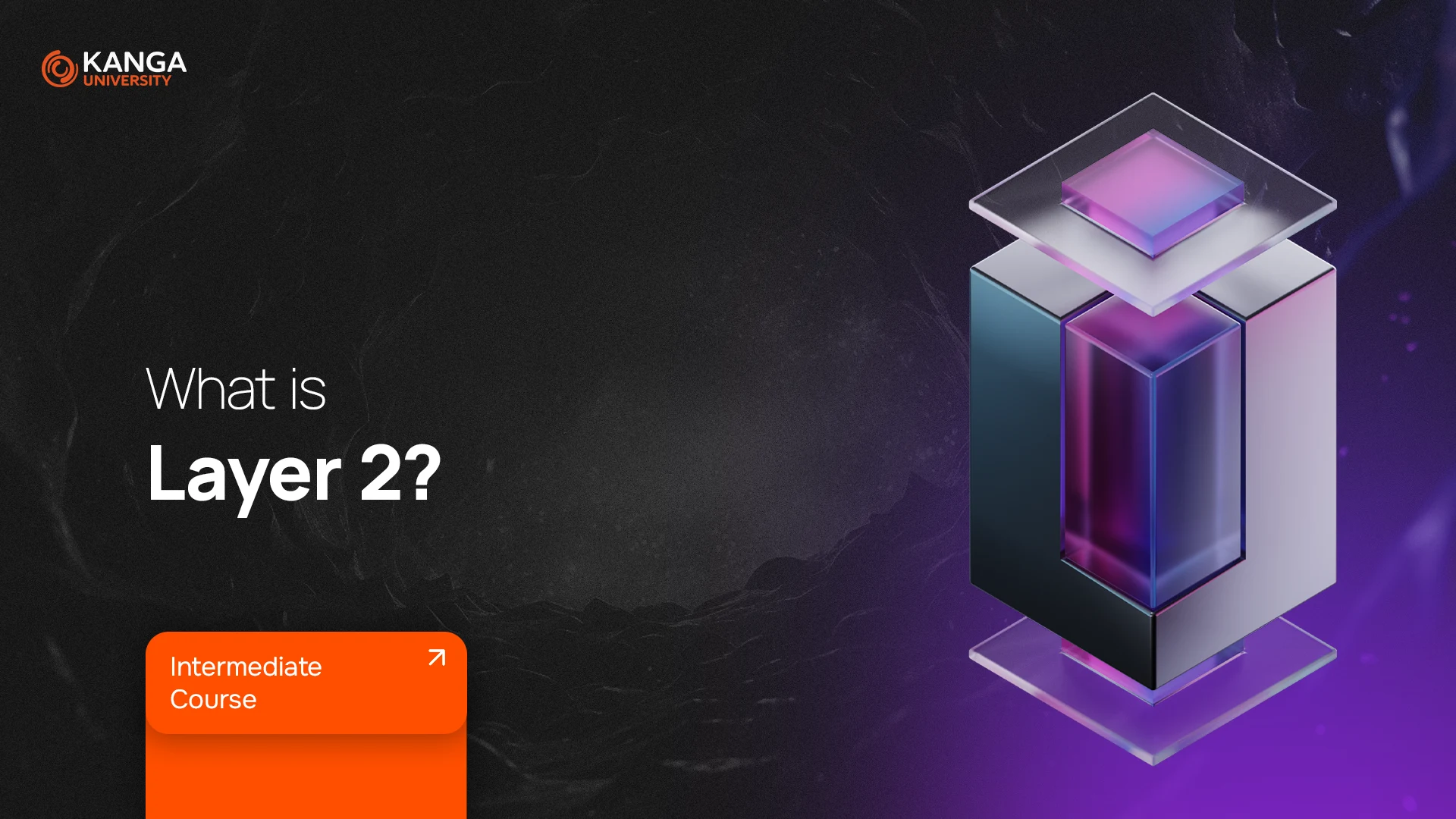
Blockchain, while revolutionary, faces a major challenge—its growing popularity leads to network congestion, slower transactions, and higher fees. Layer 2 is a technology designed to solve these problems, improving blockchain efficiency without compromising security or decentralization.
Thanks to Layer 2 solutions, blockchains like Bitcoin and Ethereum can process transactions faster and at a lower cost without changing their fundamental structure.
How Does Layer 2 Work?
Layer 2 is an additional technology layer built on top of the main blockchain (Layer 1). It allows transactions to be processed off-chain before being finalized on the base blockchain. This reduces the load on the main network, making transactions faster and cheaper.
Layer 2 solutions are essential for blockchain’s future because they:
- Increase scalability – allowing more transactions to be processed simultaneously.
- Reduce costs – lowering transaction fees, such as Ethereum’s gas fees.
- Improve speed – enabling near-instant transaction finalization.
Ethereum and Bitcoin – Who Uses Layer 2?
The most well-known blockchains utilizing Layer 2 solutions are:
- Ethereum – the largest ecosystem for decentralized applications (dApps) and NFTs, using Layer 2 solutions like Rollups and Plasma.
- Bitcoin – a secure and decentralized network but with slow transactions. Lightning Network makes Bitcoin payments faster and more affordable.
Why Do Blockchains Need Layer 2?
Bitcoin’s Problem
Bitcoin is considered the most secure blockchain, but its transactions are slow. The average confirmation time is about 10 minutes, and full finalization can take up to an hour. Additionally, transaction fees can range from $1 to $5, making Bitcoin impractical for frequent or small payments.
Solution: Lightning Network – a system that enables instant and nearly free Bitcoin transactions.
Ethereum’s Problem
Ethereum has a shorter block time (13 seconds), but transaction confirmation still takes several minutes. The biggest issue is gas fees, which can soar to tens of dollars during network congestion.
Solution: Rollups and Plasma – technologies that lower costs and speed up transactions.
Key Layer 2 Solutions in Blockchain History
Lightning Network (Bitcoin)
Lightning Network is a system of payment channels that allows users to transfer Bitcoin directly between each other without recording every transaction on the blockchain. Only the final result of these transactions is registered on the main network.
Effect: Bitcoin becomes a practical option for fast and low-cost payments, including micropayments.
Plasma (Ethereum)
Plasma is a network of secondary blockchains connected to Ethereum. Projects like Polygon and OMG Network use this technology to speed up transactions and lower costs.
Effect: Ethereum can handle more transactions while reducing congestion on the main network.
Rollups – The Future of Ethereum?
One of the most widely used Layer 2 solutions today is Rollups, which bundle multiple transactions into a single batch before processing them on the main blockchain.
There are two main types:
- Optimistic Rollups – assume transactions are valid but allow time for disputes.
- ZK-Rollups (Zero-Knowledge Rollups) – use cryptography to verify transactions instantly without revealing detailed data.
Effect: Ethereum becomes cheaper and more efficient, supporting the growth of decentralized applications and finance (DeFi).
Types of Layer 2 Solutions
Sidechains – Independent Blockchain Networks
Sidechains are separate blockchains that run parallel to the main network, with their own validators and rules. An example is Polygon (Ethereum).
How It Works:
- Users lock assets in the main chain, and the equivalent amount is created on the sidechain.
- When transferring assets back, the sidechain tokens are burned, and the original assets are unlocked on the main blockchain.
State Channels – Private Transaction Channels
State Channels operate similarly to Bitcoin’s Lightning Network. They allow users to conduct multiple transactions off-chain, with only the final state recorded on the blockchain.
Rollups – The Most Popular Layer 2 Solution
Rollups process transactions off-chain while storing essential data on the main blockchain. This method significantly reduces costs and increases network capacity.
Summary
Layer 2 is a crucial innovation for blockchain technology. It enables:
- Faster transaction processing.
- Lower fees, making blockchain more accessible.
- Higher scalability, supporting the growth of decentralized applications and finance.
As cryptocurrency adoption increases, Layer 2 solutions will play an even bigger role in the blockchain ecosystem.